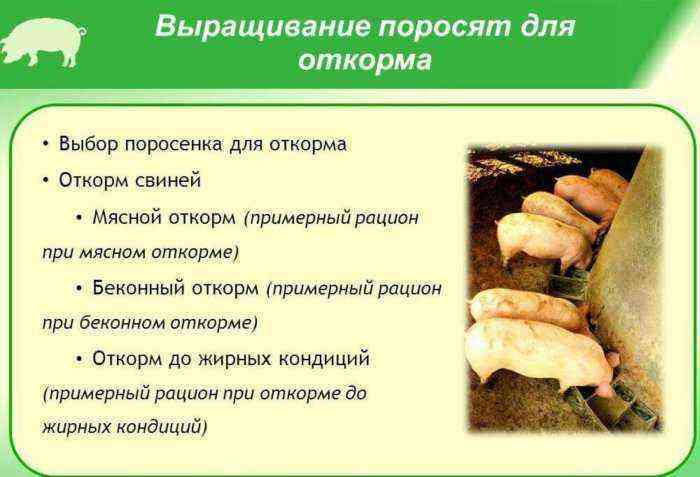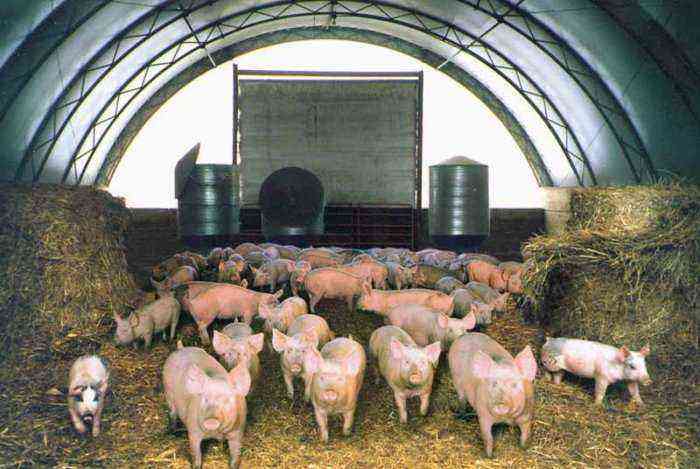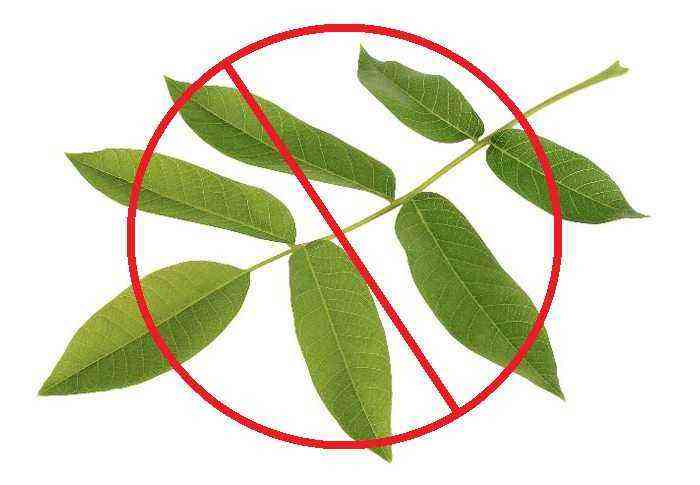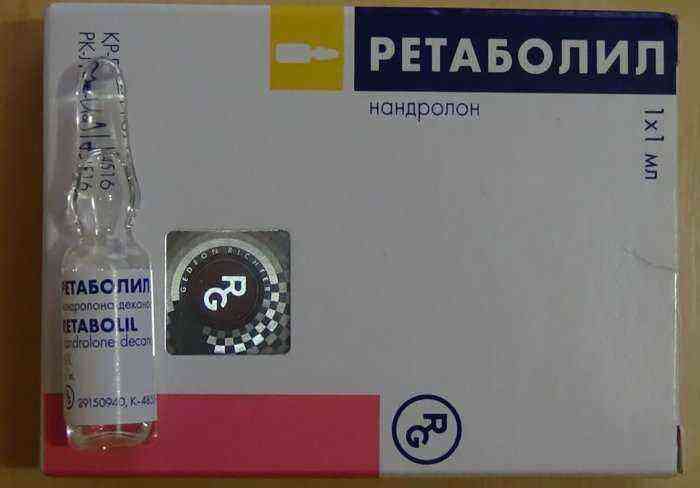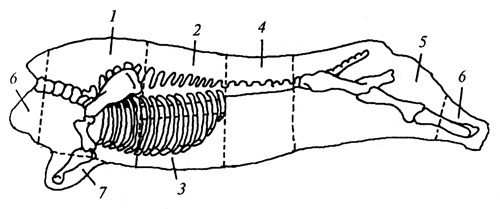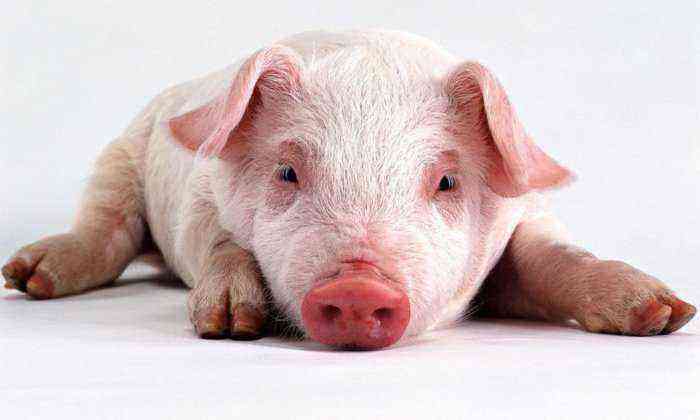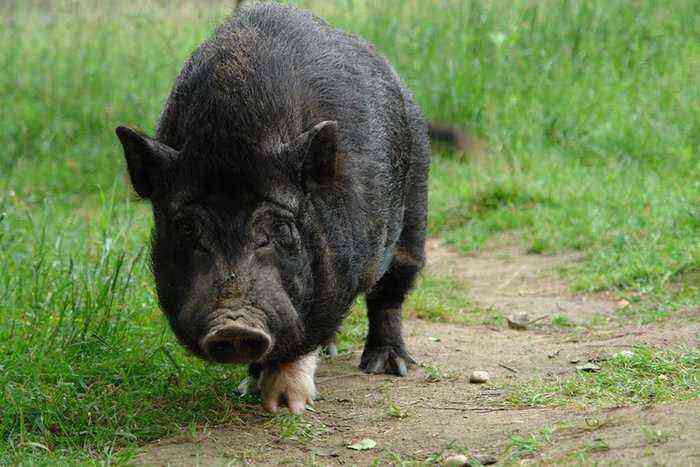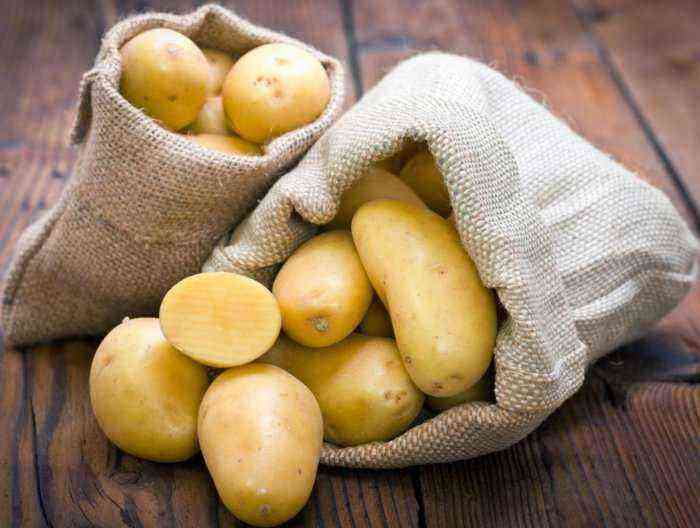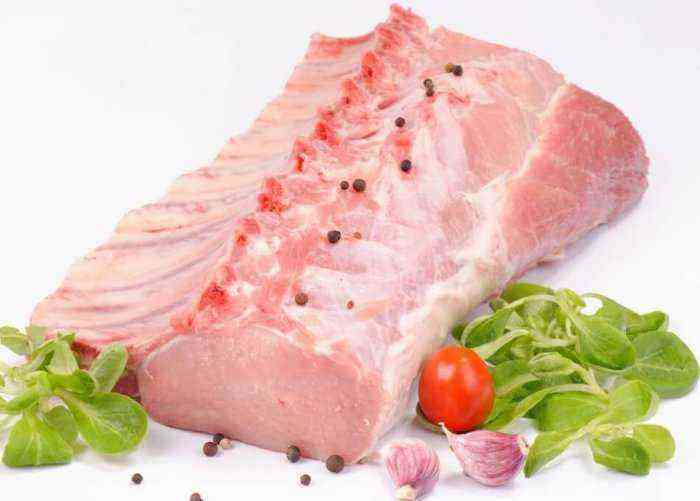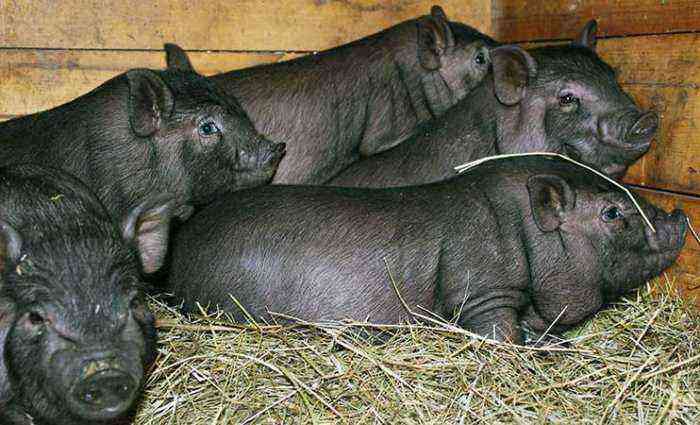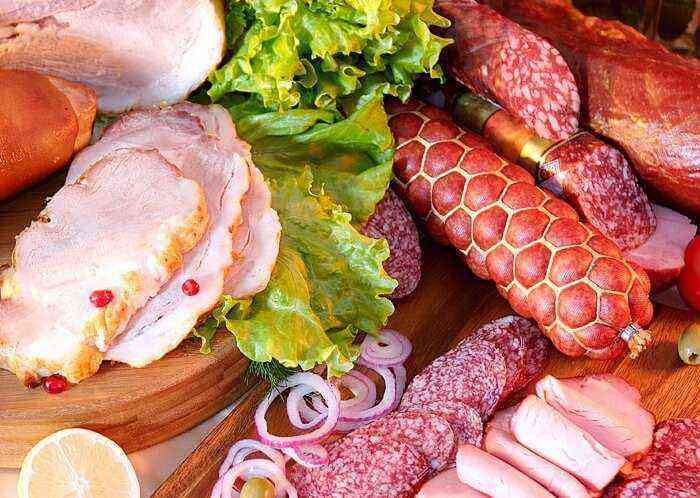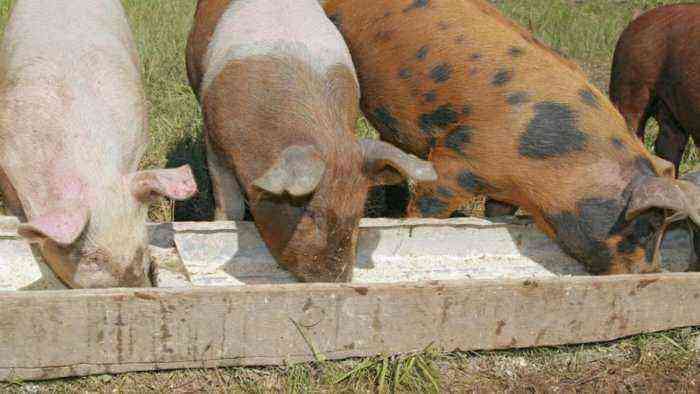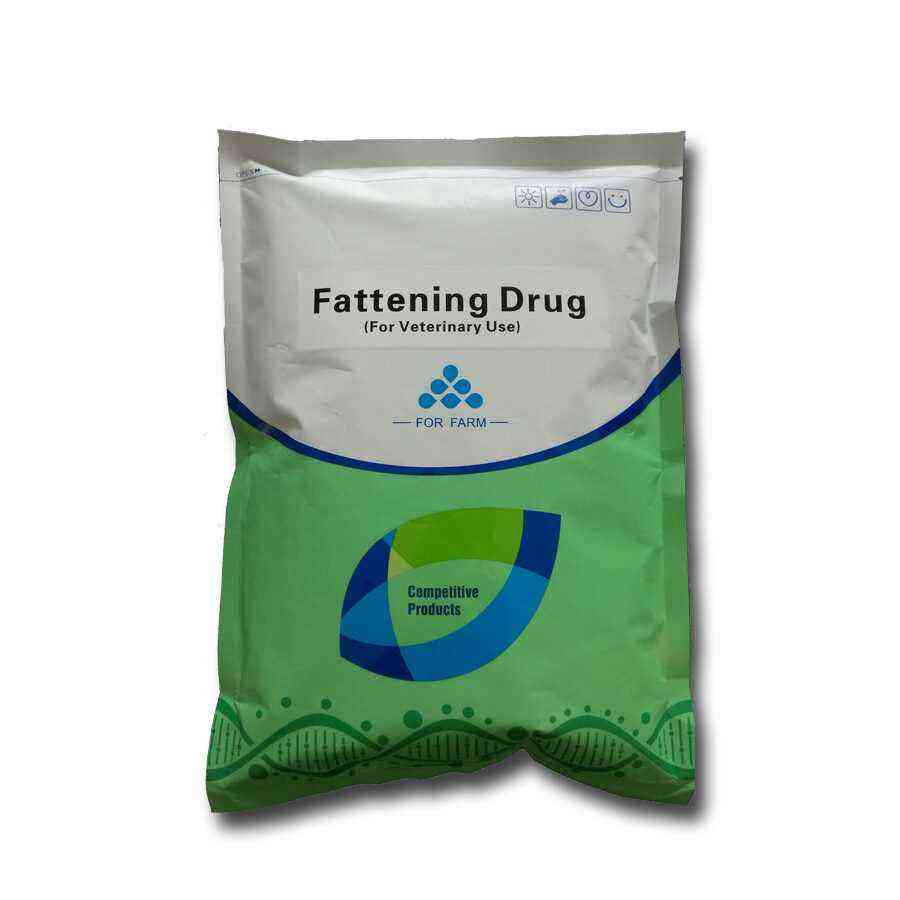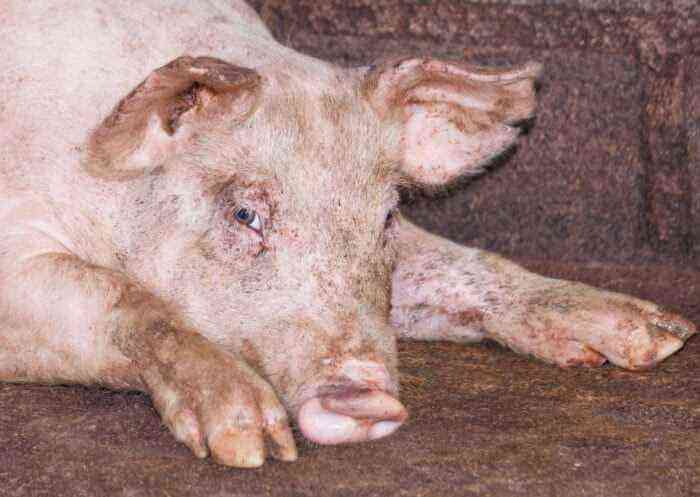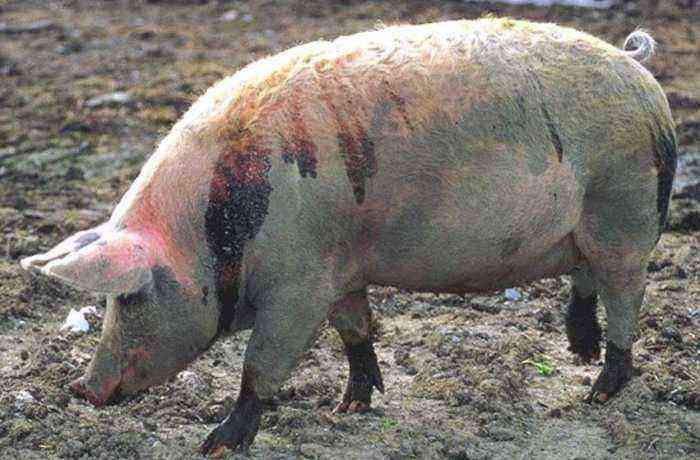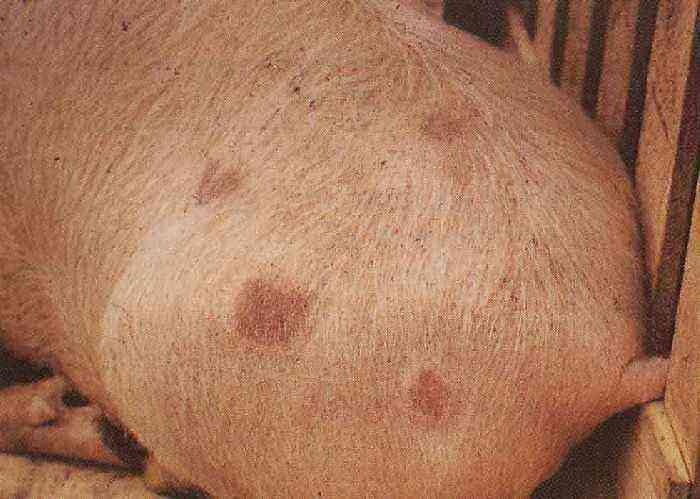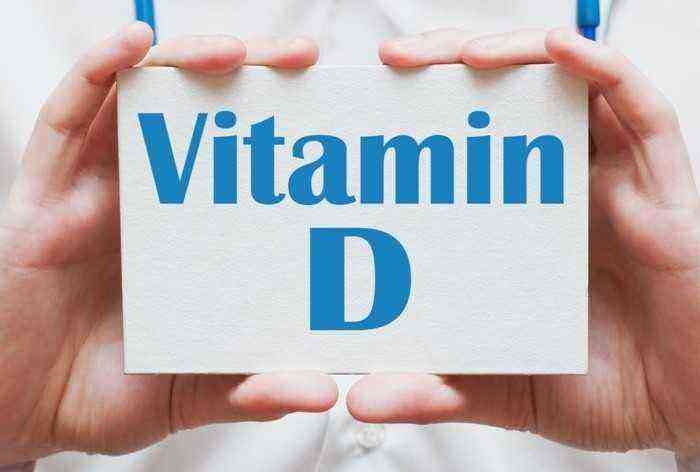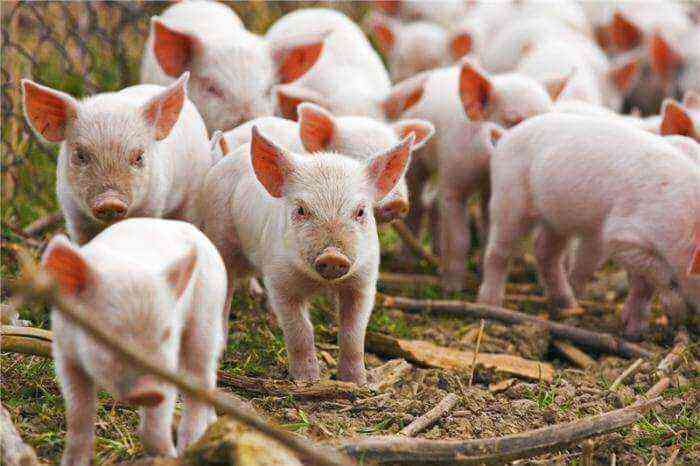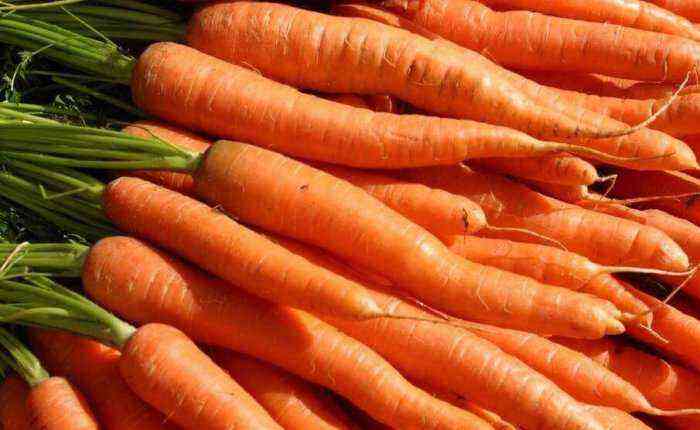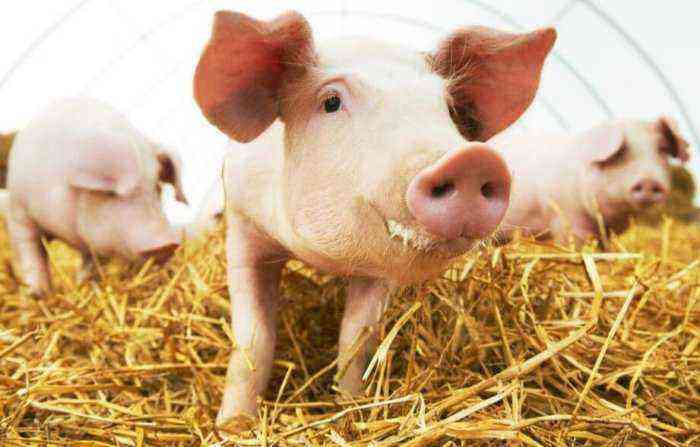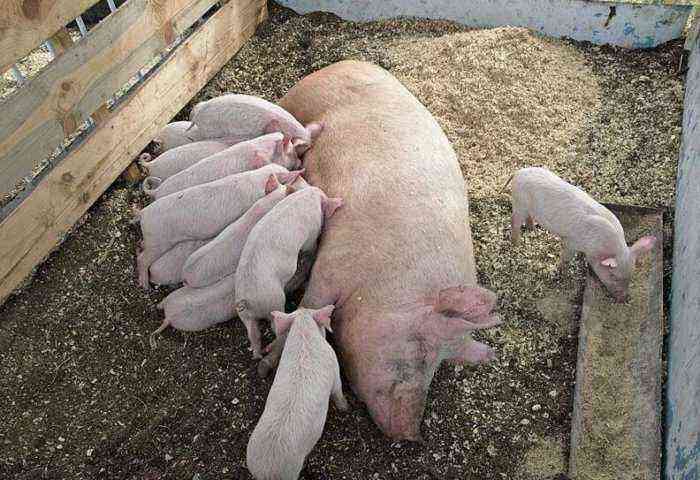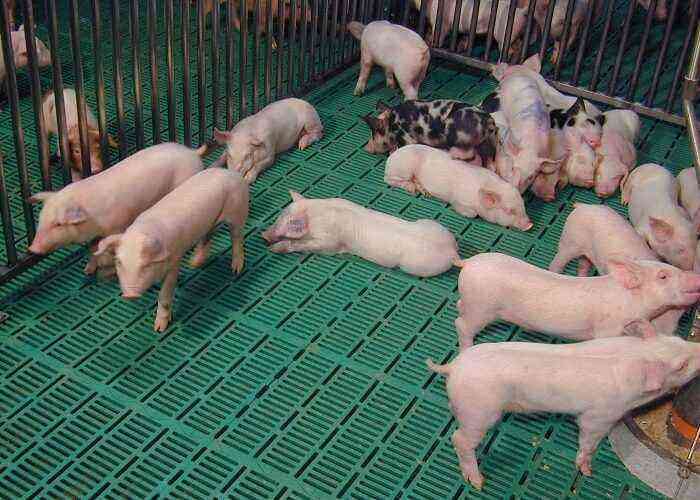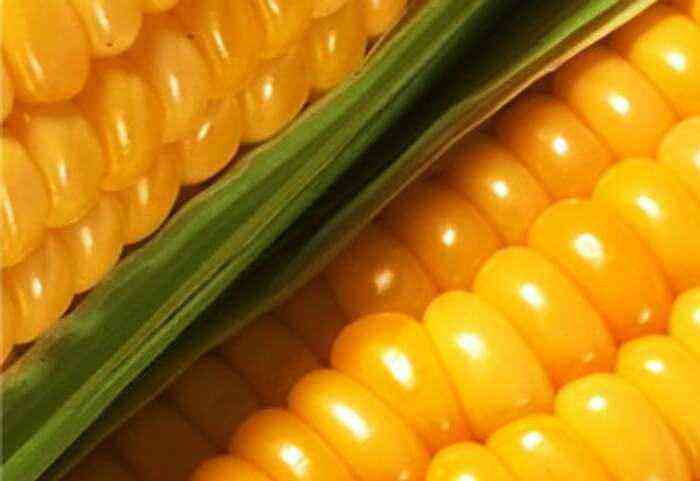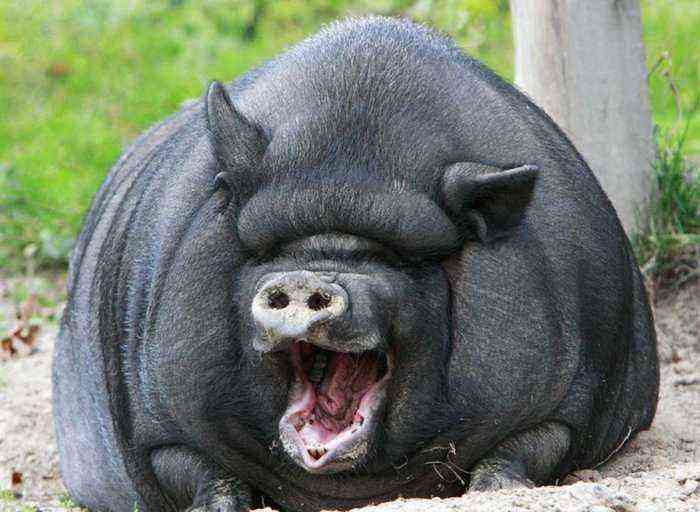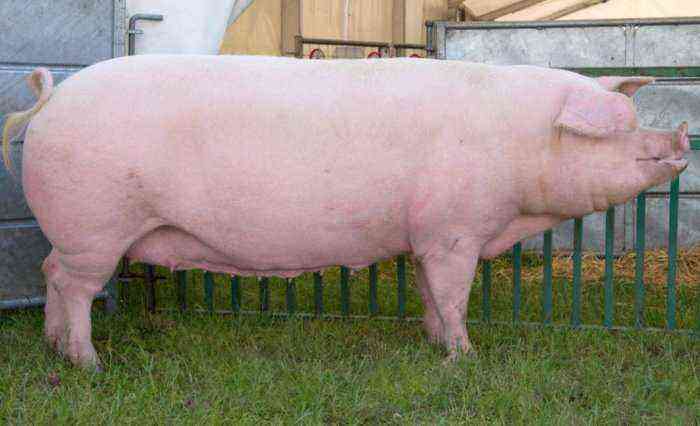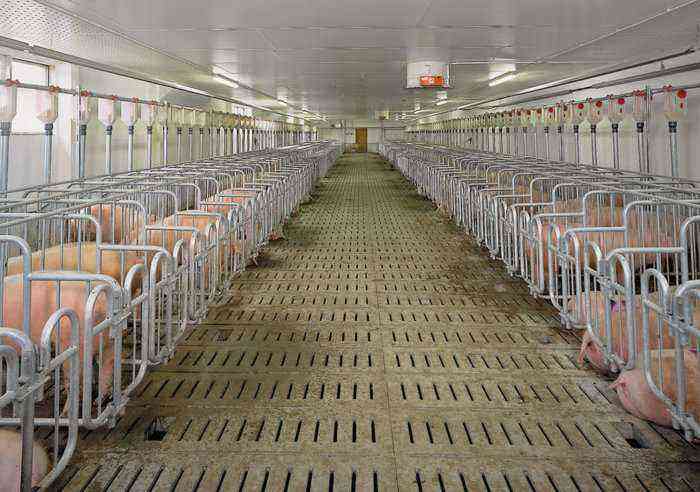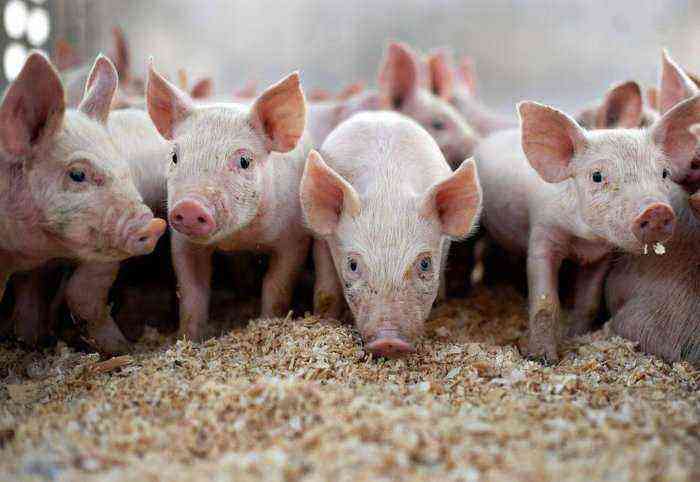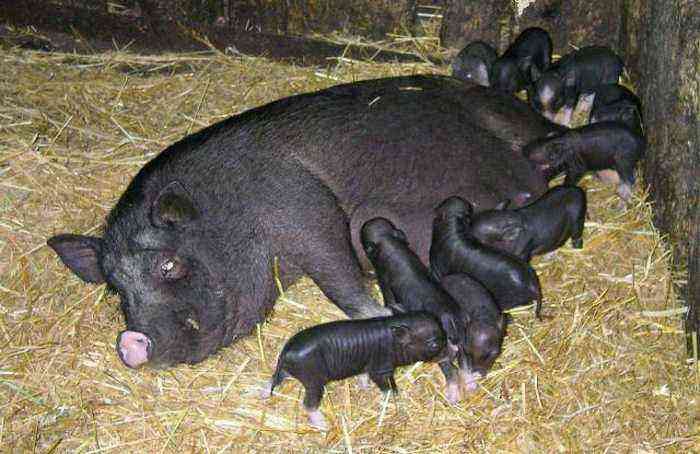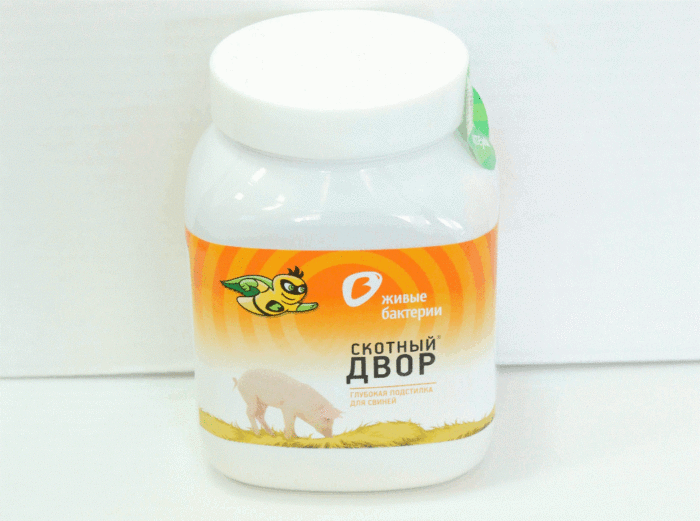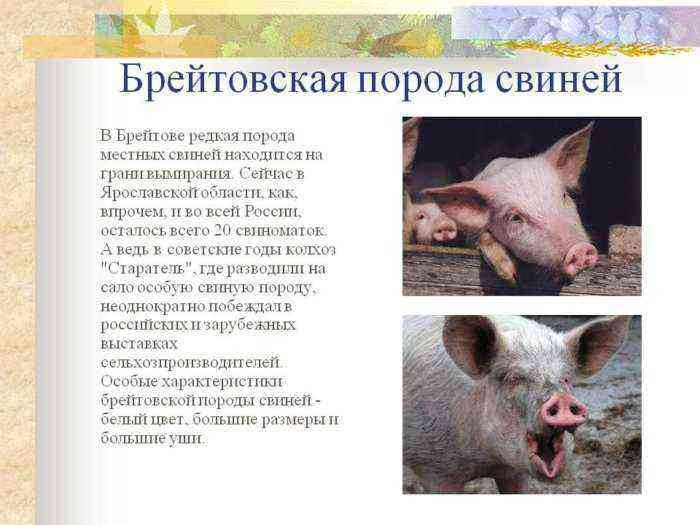Normal growth and development of pigs is possible only if they are provided with a balanced diet. Moreover, various nutritional supplements that saturate the body with minerals, vitamins and nutrients are an obligatory component of a properly composed diet. Feed yeast for pigs is just such bioadditives, the use of which makes it possible to make the growth of animals more intense and improve their health.
Feed yeast for piglets
What is feed yeast?
Feed yeast is a special type of fungus. Each manufacturer has its own technology for their cultivation. But most often, the usual technical variety of yeast is used for the production of feed additives. In this case, a colony of fungi is placed in a specially prepared nutrient medium. The selected components of such an environment ensure the rapid reproduction of the culture and its enrichment with useful substances. It must contain the following components:
- lactose;
- glucose;
- acetic acid;
- mannose.
These substances are produced during the processing of fruit and vegetable waste.
After the mushrooms have grown to a certain extent, they are harvested and dried thoroughly. At the end of this procedure, the culture is converted into a fine powder, which is added to the feed.
The production of such additives involves a rather complex technological process that requires compliance with a number of nuances. But the use of waste from food and other industries in production can significantly reduce the cost of their manufacture. As a result, fermentation of feed is much cheaper for farmers than the purchase of high-quality compound feed.
<font><font>Materials</font></font>
Externally, such products are represented by a brown powder with a fine fraction, which is distinguished by a specific yeast odor. The dry matter of the supplement contains up to 50% of easily digestible protein. In terms of nutritional value, one ton of processed yeast mushrooms is comparable to 4,5 tons of wheat. In addition, in addition to protein, this product contains:

Yeast supplement
- vegetable fats;
- cellulose;
- ash, which acts as a source of minerals.
Attention! When buying this dietary supplement, it is extremely important to pay attention to the presence of a certificate indicating its quality and compliance with production technology. Only in this case, such a component of the diet will benefit the animals.
Application by farmers
It is worth noting that yeast is introduced into the diet not only for pigs. A valuable component of feeding can significantly enhance the growth and productivity of poultry, cattle and small cattle. But for each specific category, there are individual norms for the introduction of an additive and an appropriate diet that complements its effect. So, it is recommended to add no more than 5% yeast to feed for cows. For chickens, the figure rises to 7%. Pigs in this regard are the most demanding. Yeast mushrooms in their diet should take about 10%.
In the course of studying the beneficial properties of this type of feeding for farm animals, it was found that with 1 ton of the product it is possible to obtain:
- 8,4 thousand liters of milk when lactating cows are introduced into the diet;
- 500-600 kg of quality meat when fed to pigs;
- up to 30 thousand eggs when fermenting bird feed.
Of course, its low cost also plays an important role in the use of feed additives. It allows you to increase productivity and improve animal health at minimal cost.
The value of yeast for pigs
For rapid growth and health promotion, pigs need a full range of nutrients, vitamins, micro and macro elements. And such a nutritional supplement allows you to make up for their lack in the main volume of food.

Feeding pigs with yeast
As already mentioned, yeast contains a large amount of protein. Moreover, in the yeast form, it is absorbed by the digestive system of pigs by 95%, which means that almost the entire concentration of protein goes to the growth of animals.
Also, a prerequisite for the division of muscle cells is the presence of basic amino acids in food. And if there is a deficiency of at least one of them, all the rest are absorbed by the body much worse, which ultimately can lead to metabolic disorders, decreased reproductive function, and anemia. Yeast helps restore the balance of amino acids in the body.
Complement the list of useful substances contained in the dietary supplement, the following components:
- Calcium. Once in the body, it strengthens the bone tissue of young animals, normalizes many metabolic processes.
- Phosphorus. Responsible for the absorption of calcium, and also participates in carbohydrate and fat metabolism.
- Enzymes. The enzyme binders contained in the powder can enhance the body’s protein metabolism. In addition, they contribute to a more complete absorption of amino acids from the main diet.
- Sulfur. Participates in the formation of vitamins and amino acids.
- Vitamin H. Such a component of the dietary supplement in sufficient quantities prevents the development of many skin diseases, and also controls the number of red blood cells responsible for transporting oxygen.
- B vitamins. They play one of the most important roles in the fat, carbohydrate and protein metabolism of the body. A deficiency of such substances leads to a slowdown in the growth of young animals.
It should also be noted that in addition to the rich composition, fodder yeast has a high calorie content. In addition, top dressing significantly improves the palatability of food, thereby increasing the appetite of pigs.
If the recommended norms for the use of bioadditives are observed, the overall productivity of pigs can be increased by one and a half times. Such complementary foods also have a positive effect on animal reproduction. Researchers have found that adding 7% to sows increases the total production of the farm by one extra pig for every 11 babies.
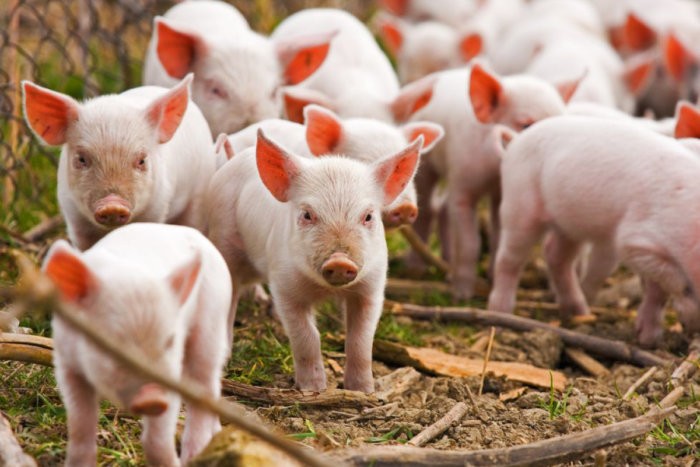
Offspring of piglets
Types of fodder yeast
Today, fodder yeast manufacturers offer the consumer several varieties of such products. First of all, they differ in the type of nutrient medium on which mushrooms are grown. Depending on the chosen basis for growing, all yeast can be divided into several types:
- Classic fodder. They are grown on waste obtained during the processing of raw materials from the alcohol industry.
- Hydrolysis. In the process of growing a crop, food waste is used. Also, in a certain amount, waste from the woodworking industry is used.
- Special concentrates (SVK). Contain an increased amount of protein and vitamins. They are grown on the basis of individual derivatives of petroleum products and ethanol. This form of powder contains no more than 10% moisture.
Each of these types of bioadditives has a number of advantages. So, protein-vitamin concentrates are distinguished by an increased amount of protein, which in dry matter can reach 60%. But the percentage of digestible protein in them is only 40-44%. In the classic composition, the amount of digestible protein is 49%, but the total concentration is only 40-43%.
It is also worth noting that the feed type of yeast mushrooms involves a minimum concentration of nitrogen, which in large quantities is harmful to the pig’s body. So, they can be safely used for feeding young animals. In addition, the classic form of yeast contains the largest amount of methionine, lysine and other amino acids. Accordingly, the benefits for the animal from it are greater.
But, unlike the classic variety, hydrolytic yeast and BVK contain an increased amount of riboflavin, as well as folic acid. In feed additives, their amount is much less. Therefore, the periodic alternation of various options for such feeding can bring a greater effect when growing pigs.

Folic acid
Feeding rates
Yeast, as a rule, is not given to animals in its pure form. The greatest benefit from them is manifested if they are mixed with food. This procedure is called yeasting and involves two ways of implementation:
- Oparny. For such preparation of dietary supplements for feeding, 100 g of yeast is diluted with 5 liters of warm water, stirring thoroughly. Further, 2 kg of compound feed is poured into the resulting liquid and, after mixing, the mixture is allowed to infuse for 6 hours, stirring the mixture every 30 minutes to saturate it with air. At the end of the specified term, another 15 liters of liquid are poured into the container and 7-8 kg of concentrates are poured. After mixing, the food is left to ferment for another 3 hours.
- Safe. Assumes simultaneous mixing of grain, powder and liquid. To do this, 10 g of yeast mushrooms are dissolved in 100 liters of warm water. The resulting composition is poured into a large container, where another 35 liters of water are first poured. Further, 20 kg of compound feed is added to the indicated volume and allowed to brew for 7 hours.
This type of feeding can be introduced into the diet of animals from the 11-13th day of life. In this case, the ratio of feed and yeast should be exactly observed. Depending on age, it has the following meanings:
- when feeding suckling piglets, the percentage of powder in the total feed volume is no more than 3%;
- for weaned piglets, the concentration of the additive in the feed increases to 2-6%;
- for pigs that have already been completely transferred to fattening, yeast in the feed is about 7-10%.
The exact feeding rates for this type of feeding also depend on the category and physiological state of the pig. Such norms allow to fill the individual needs of the animal as much as possible. They look like this:
- For pigs that are fattened for bacon. The average amount of yeast should be no more than 6% of the weight of the fed concentrates. Such a product can act as a quality alternative to skim in the diet.
- For piglets transferred to fattening by bard. The dosage of yeast powder should be at least 10% of the total concentrated feed. It allows you to significantly increase the daily weight gain of the animal. In comparison with fattening only stillage, this figure increases by 10-17%.
- Feeding boars-producers. The daily rate of fodder yeast for active males is 300-600 g. It allows you to enhance the sexual activity of animals and their reproductive function. As a result, the animals are more likely to succeed in mating.
- For sows during gestation. For animals in such a physiological state, a mineral-protein supplement will be especially useful. It is mixed with compound feed and given to the uterus daily. The general daily norm is from 10 to 21% of the powder for the entire daily volume of concentrates. Such support of the body contributes to multiple pregnancy and has a beneficial effect on the health of the young.
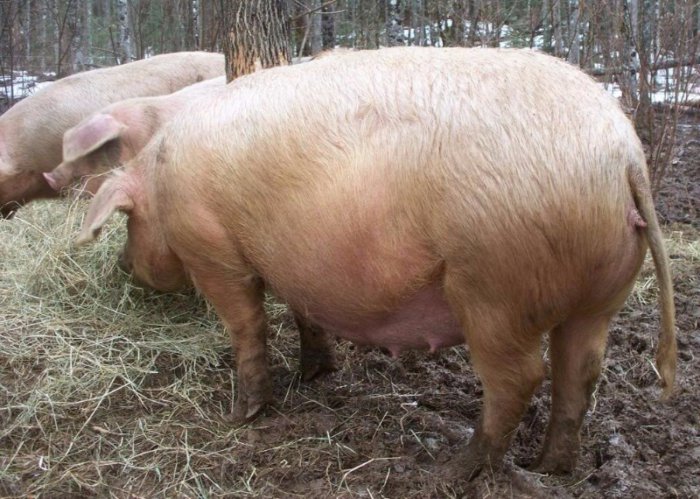
Sow during pregnancy
- For lactating sows. The norm for this category of animals is 2-12% of the total amount of feed. On average, the daily dosage of a dietary supplement per individual is 300 g in its pure form. In the suckling period, the yeast mixture allows you to increase milk production in the uterus by almost one and a half times. It is necessary to introduce it into food from the first days after farrowing.
Important! Piglets should be introduced fodder yeast into food gradually. The first amount of feeding should be 10 g. In subsequent feeding procedures, it is gradually increased and a 1,5-month-old baby is already fed with 60 g of yeast. By 2 months, the dosage is increased to 80-100 g. During the fattening period, it gradually increases to 200 g.
Feed yeast is an extremely effective, safe and inexpensive supplement for pigs. They allow you to improve the health of animals, increase the daily weight gain in young animals for fattening, improve the quality of offspring in pregnant sows. But, using such top dressing, one should strictly adhere to the indicated feeding norms, as well as carefully balance the diet of animals. After all, an excess of nutrients can have a negative effect on the body of a pig, as well as their deficiency.
